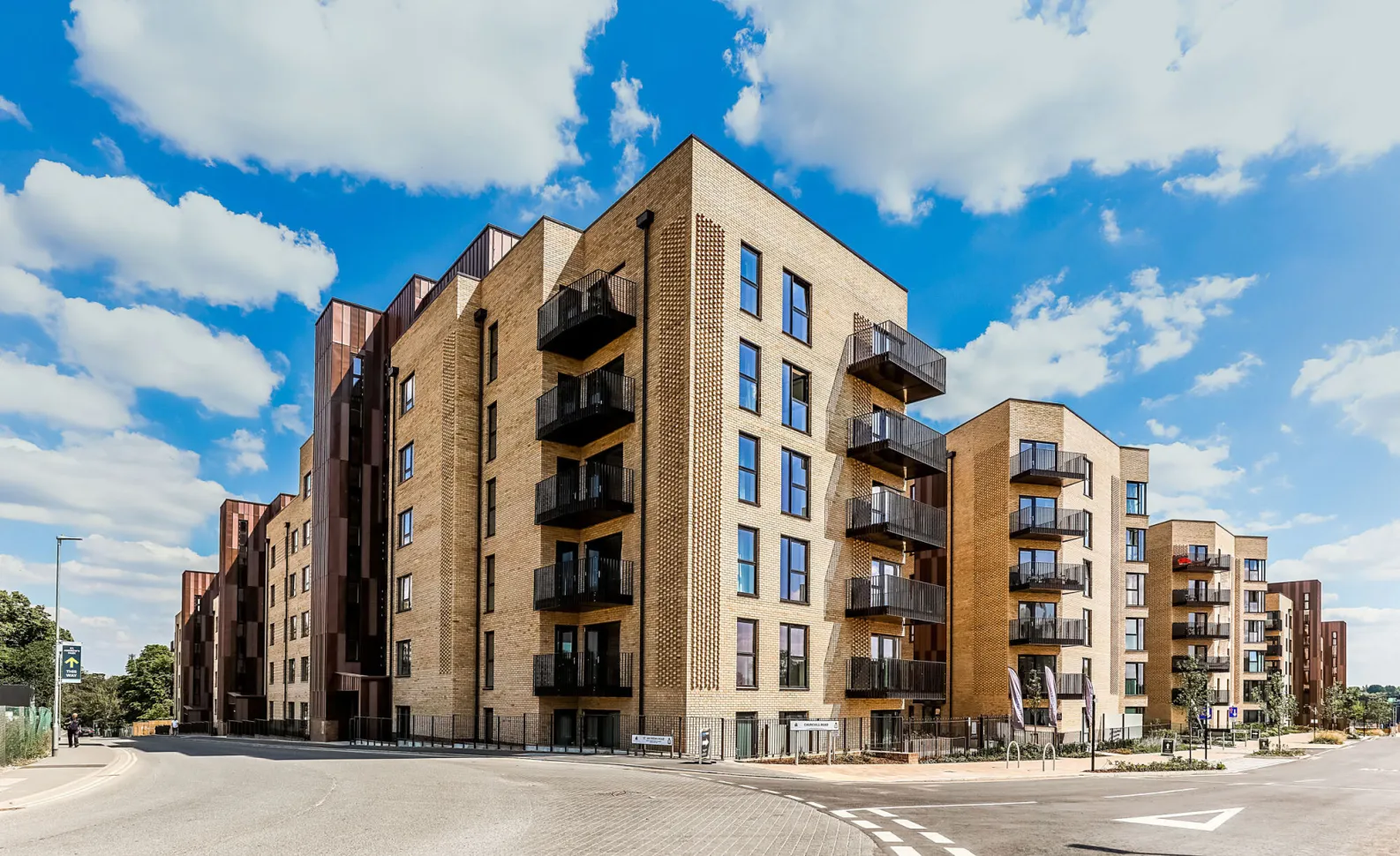Insight
Unlocking housing potential in London
2 Dec 2024

Nicola Hamill
Director
The housing crisis remains a priority, and the new Labour Government is turning to underutilised sites as a possible solution. This represents an opportunity for sustainable regeneration, balancing urban design with environmental preservation. However, such sites come with significant challenges, including contamination, limited accessibility, and poor connectivity within existing urban areas.
Navigating the Evolving Legislative Landscape
Key legislative developments now shape the redevelopment of sites. Recent updates include mandatory Biodiversity Net Gain (BNG) requirements, the Building Safety Act, and changes to the National Planning Policy Framework (NPPF), alongside the London Plan’s emphasis on low impact and future proofed outcomes (particularly with regard to whole life carbon, circular practice and climate resilience), play, urban greening, and green infrastructure. These frameworks require a balance between ecology, connectivity and well-being.
Constrained sites often demand innovative, multifaceted solutions. By adopting an evidence-based, cross-disciplinary approach that considers site risks early on (“shifting good decision-making to the left, in a delivery programme”), councils can ensure better outcomes. Evaluating risks such as contamination, ecological constraints and accessibility from the outset enables a more strategic, landscape-driven approach to site selection and design. Drawing on expertise from various disciplines, including landscape architecture, ecology, and sustainability, can offer a holistic perspective that informs and strengthens planning applications.
Solutions for Improving Connectivity and Accessibility
Connecting restricted sites to the wider urban fabric is crucial for their viability. Integrating green infrastructure, such as pedestrian and cycling routes, can create accessible connections to surrounding areas and enhance residents’ wellbeing as well as offer opportunities to enhance habitat networks for ecological betterment. Additionally, strategies that incorporate safe play spaces and urban greening can transform underutilised land into vibrant, multi-functional spaces. Working with specialist transport planners and urban designers can help councils identify opportunities to enhance active travel and improve connectivity within these constrained sites.
Sustainable Design and Environmental Remediation
Many of these sites may present environmental challenges such as soil contamination or ecological constraints. Addressing these issues requires a sustainable design approach. By integrating BNG strategies from the outset, councils can enhance ecological value on-site, creating habitats that support local biodiversity. For contaminated land, specialist environmental remediation is often necessary to make sites safe for residential use. Early engagement with sustainability specialists can help councils plan and budget for these interventions, ensuring compliance with environmental standards.
Reusing existing building portfolios for housing offers a sustainable alternative to new construction, maximising the potential of underutilised assets while reducing environmental impact. This approach, well established in heavily urbanised areas like London, should be more widely adopted to address housing demand efficiently.
Enhancing Deliverability Through Innovation and Partnerships
Given the constrained nature of many of these sites, innovative construction approaches, such as Modern Methods of Construction (MMC), can help councils maximise space and reduce environmental impact. Smaller, complex sites may benefit from partnerships with SMEs, who can offer tailored, agile solutions. Leveraging procurement frameworks, such as Perfect Circle, can streamline project delivery and access the specialised expertise required for challenging sites. By fostering strong supply chain relationships, councils can ensure that projects are delivered efficiently and to high standards.
Collaboration with wider stakeholders and councils is vital to addressing complex challenges in the built environment. By fostering partnerships, we can align diverse perspectives, unlock funding opportunities, and develop innovative solutions that are inclusive, sustainable, and tailored to community needs.
De-Risking Early to Ensure Project Success
A proactive approach to de-risking can significantly improve project outcomes for restricted sites. Conducting detailed site assessments early in the planning stage enables councils to identify and address potential challenges—from site contamination to planning constraints. An integrated team, including project managers, landscape designers, and sustainability experts, can help councils manage risk effectively and identify potential opportunities. By tackling these issues upfront, councils can reduce delays and bring forward housing developments that are both feasible and resilient.
Building the Future of London’s Restricted Sites
For London, underutilised sites present both opportunities and challenges. By adopting a strategic, collaborative approach that addresses regulatory requirements, environmental and social challenges, and connectivity, councils can unlock the potential of these restricted sites. Through early planning, engagement and innovation, councils can deliver sustainable housing that meets local needs, revitalises underused areas, and contributes to London’s long-term housing goals.

Speak to our team
Residential
Our expert teams take on a diverse range of residential projects.
